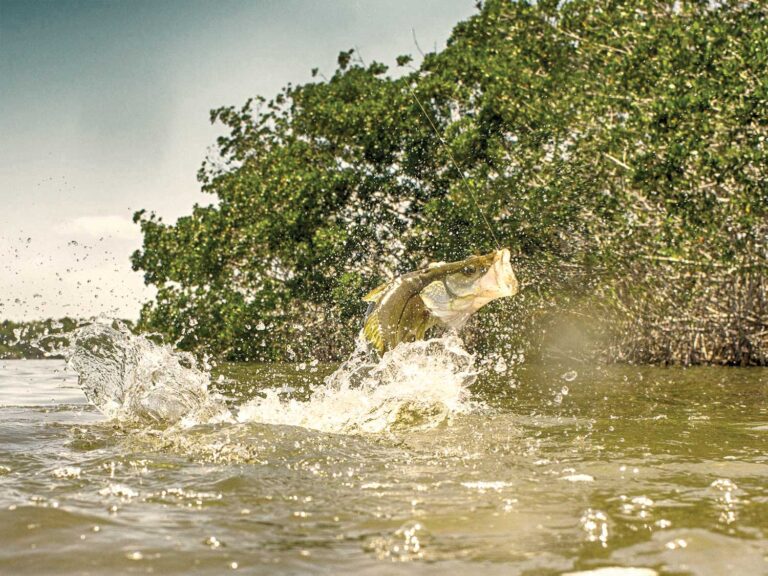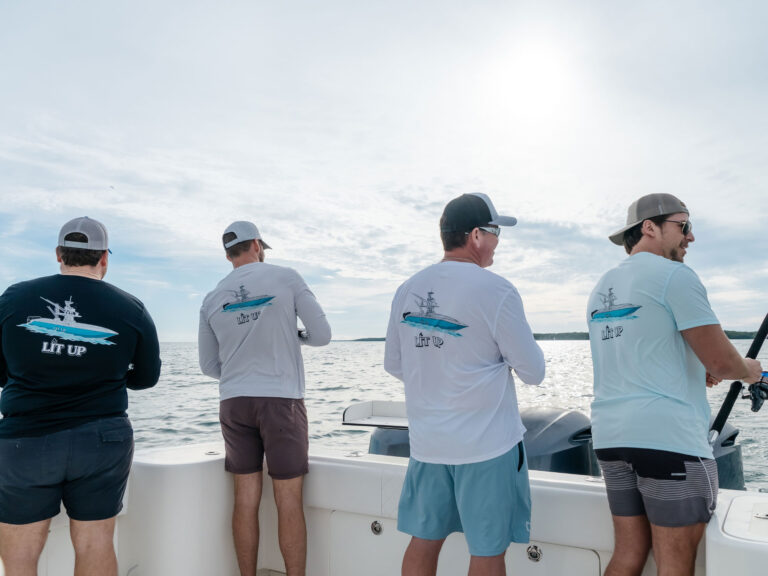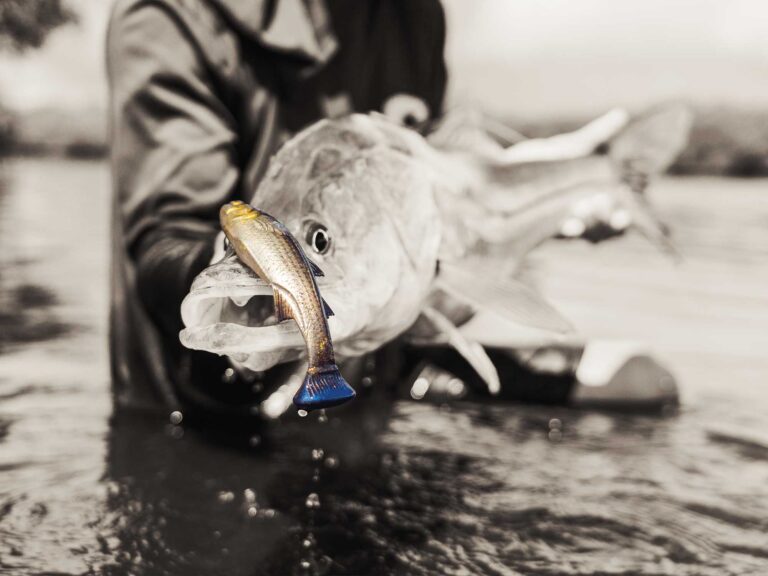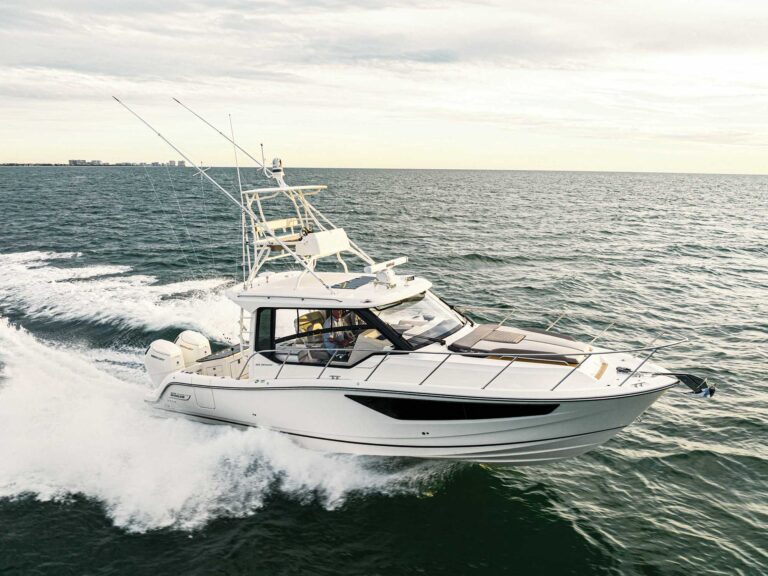Either the world is turning faster and changes are coming at an ever-increasing speed or maybe advanced age is causing me to slow down. Whatever the reason, more things seem to be happening that impact recreational anglers’ access to public resources in the name of conservation. However, I think that the real reason for these access debates may, in fact, be preservation. We, and by that I mean the American general public, have admittedly allowed our marine resources to be used unwisely for many years, and now some want a one-size-fits-all solution.
The poster child for this type of access restriction is the Marine Life Protection Act (MLPA), which is currently in the process of shutting down a substantial portion of California’s coast to sport fishing as well as commercial fishing. At the heart of this debate is how much is enough. This may be one of the most visible issues, but it is far from the only one.
In 1999, California’s MLPA became law, but it wasn’t until 2004 that any funding was provided to implement the act. The majority of funding came through the Resources Legacy Fund Foundation, which is supported by a variety of environmental organizations. Implementation of the MLPA was designed in phases. Phase I affected the central coast, and recreational-angling interests were not well represented there. The outcome shows it. Phase I designated 29 marine protected areas (MPAs) covering approximately 204 square miles of state waters, or 18 percent in that region. Of those 204 square miles, almost half were designated as “no-take” marine reserves. That amounts to about 50 percent of the best fishing areas in that region being closed.
Recreational angling organizations learned a hard lesson from Phase I, which has been completed, and quickly formed the Partnership for Sustainable Oceans (PSO), which includes the American Sportfishing Association, Coastside Fishing Club, Southern California Marine Association, Sportfishing Association of California and United Anglers of Southern California. The PSO has made sure that they have a place at the table, and now decisions are being made using sound science and existing fisheries-management practices, including socioeconomic impacts on all user groups.
Phase II covers the area just north of Phase I and was completed in the spring of 2008. The PSO submitted a plan that became one of the options considered by the MLPA Task Force. It proposed a balance of marine protected areas – ranging from no-take reserves to conservation areas – where fishing will be allowed although it may be subject to additional regulation compared to open areas. The effort of the PSO to incorporate economic and scientific data into their proposal demonstrated how to combine conservation, access and socioeconomic elements in the decision-making process.
As Phase III and IV are developed, the PSO will continue to be a successful participant in the process. Anglers in California should be thankful for their many hours of work. Without them, fishing as we know it would cease to exist along most of California’s coast. Their efforts will be a template for future attempts to restrict access.
While angling interests have been able to stave off total elimination of access in California, there are other problems around our coasts, including in Massachusetts, where the legislature passed the Ocean Management Bill. Recreational fishing interests there were able to minimize the potential to restrict access to public resources, but they were not able to eliminate it. I have written about the closures in the Cape Hatteras National Seashore. Additionally, the new management plan for the Stellwagon National Marine Sanctuary off Cape Cod has a provision to restrict hook-and-line fishing around certain wrecks and may move to restrict surface trolling for bluefin tuna.
Within two years, recreational anglers will face allocations in all the fisheries that we use. Along with these allocations, we will have annual catch limits, likely in the form of hard, total-allowable-catch limits, which – if exceeded – could trigger the complete closure of entire fisheries.
Recreational anglers have always been strong supporters of conservation and rebuilding our resources. We should continue to be. I do not think that we should oppose sensible resource management because in the long run it benefits all of us. However, what we are seeing today is a rush to restrict access to public resources. While some of these efforts are laudable, many end up restricting the least offensive user group: Us! Our access to public resources can no longer be taken for granted. We will have to diligently watch all ocean-related legislation and management plans. If we do not, and we let complacency reign, then we will find an unacceptable level of “Keep Out” signs.









